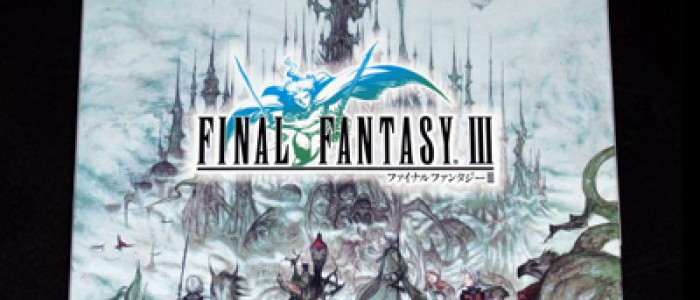
While there's several nitpicky things, like being killed by the camera, the big problem is that this isn't any different than any of the other hack n' slash titles on the market. I never used defend once - it would have been helpful, but it's not practical. I don't know whether it's the lack of cohesive storyline, or that the gameplay elements were so surprisingly simple. I was excited for it, connectivity and all, but something feels a little off. "Final Fantasy Crystal Chronicles is a game that I wanted to like a lot more than I did. Special editions of the console have been released along the games' respective releases in Japan.From IGN's January 2004 Final Fantasy Crystal Chronicles review, by Mary Jane Irwin: Dragon Quest IX: Sentinels of the Starry Skies.Dragon Quest V: Hand of the Heavenly Bride.Dragon Quest IV: Chapters of the Chosen.SaGa 3 Jikū no Hasha: Shadow or Light (2011) (Japan only).SaGa 2 Hihō Densetsu: Goddess of Destiny (2009) (Japan only).Chocobo Land: A Game of Dice (Japan only).GBA titles compatible with older models of the DS Final Fantasy: The 4 Heroes of Light (2009).Final Fantasy Crystal Chronicles: Echoes of Time (2009).Chocobo to Mahou no Ehon: Majo to Shoujo to Go-nin no Yuusha (2008) (Japan only).Shido to Chokobo no Fushigi na Danjon Toki Wasure no Meikyū DS+ (2008) (Japan only).Final Fantasy Tactics A2: Grimoire of the Rift (2007).Final Fantasy Crystal Chronicles: Ring of Fates (2007).



The Nintendo DSi, released in 2008, was an even slimmer and brighter model than the DS Lite. The Nintendo DS Lite, released in 2006, was a smaller, brighter, slimmer, more lightweight redesign of the earlier Nintendo DS model with a backlit screen aesthetically sleeker to complement Nintendo's Wii, and to appeal to broader commercial audiences. Early models were backward-compatible with Game Boy Advance games (though multiplayer is not supported), but not earlier Game Boy and Game Boy Color games, like the Game Boy Micro. 2.1 GBA titles compatible with older models of the DSįirst released in 2004, DS units had a clamshell design akin to the Game Boy Advance SP and enclosed within each unit were two separate LCD screens that give the handheld its name, the lower of which was a touchscreen that used a stylus for control and input.


 0 kommentar(er)
0 kommentar(er)
